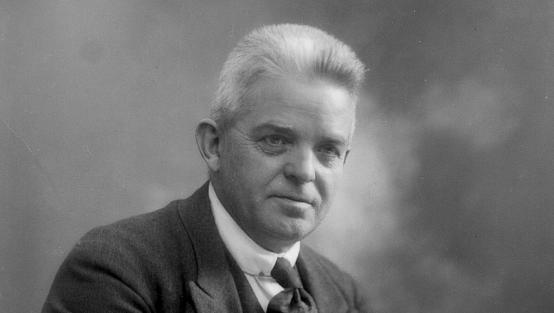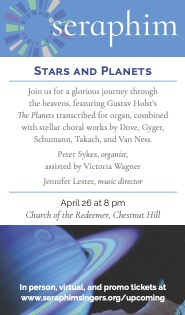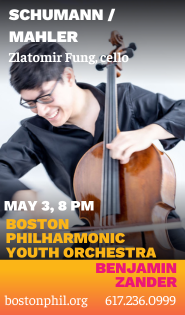Boston Symphony Chamber Players opens season with Brahms and (more) Nielsen
The music of Carl Nielsen received quite a bit of play in the city this weekend. The composer’s muscular Fourth Symphony was the centerpiece of the Boston Symphony Orchestra’s concerts at Symphony Hall. And one block down Huntington Avenue in Jordan Hall on Sunday afternoon, some of the same musicians, the Boston Symphony Chamber Players, offered Nielsen’s Wind Quintet as part of a sweeping program of chamber music.
Composed in 1922, the three movements of Nielsen’s Quintet elegantly capture the idiomatic characteristics of each instrument. The final movement, a setting of variations upon a hymn-like tune, showcased those aspects most clearly, and the Chamber Players gave each deft treatment. Hornist James Sommerville lofted assertive lines in his solo variation. Elizabeth Rowe’s flute fluttered with appropriate nervousness in several passages. John Ferrillo tossed out strings of charming motives in the third variation, and William Hudgins performed a sly, meandering clarinet melody over an easygoing bass line supplied by bassoonist Richard Svoboda. The ensemble played the opening movement with finesse and a clear sense of the music’s direction, and the central minuet had all the airs and graces of a courtly dance.
The second half of the program was dedicated to Brahms’ Serenade No. 1 in D, Op. 11, a piece the ensemble performed two seasons ago.
Brahms composed two Serenades for chamber ensembles in the 1850s to experiment with broad symphonic themes and instrumental textures while he continued the arduous work on his First Symphony. Both Serenades—Op. 11 and Op. 16—were later adapted for full orchestra and the original chamber versions were lost to history. But in the 1980s, Alan Boustead reconstructed the Serenade Op. 11 into one of its original forms, a nonet for strings and winds.
Boustead’s arrangement reveals more transparent textures than one would normally find in the thick orchestral tapestries of Brahms’ symphonic music. The piece, though, is awash with vivid colors. The Chamber Players dug in for the rustic first movement, the winds floating gracefully over grinding fifths in the lower strings. The music of the Serenade’s first Scherzo moved in gentle waves. Silky wind playing peppered the minuet, and Sommerville projected clarion horn calls in a spirited reading of the second Scherzo.
At times, one wished for a more polished performance from the strings. The opening of the Adagio suffered from some unfocused intonation, and, in general, the string tone didn’t have the same luster to complement the fine wind playing. The finale fared better with the full ensemble giving a sparkling, brisk-tempo reading.
The concert opened with Bach’s Trio Sonata in G for flute, violin, and continuo, one of a handful of such pieces that the composer penned. Cast in the standard four movement slow-fast-slow-fast scheme, this delightful little gem has some lovely melodies and a bustling rhythmic drive. The slow movements were affecting. Flutist Elizabeth Rowe and violinist Malcolm Lowe spun their lines around each other for svelte phrases. There were times, though, when Lowe didn’t quite answer Rowe’s lines with the same delicacy and expression, his melodies lacking in vitality as a result.
That was remedied in the brief fast moments, which featured dexterous playing from the duo. Cellist Jules Eskin and harpsichordist John Gibbons supplied a bristling continuo accompaniment.
The Boston Symphony Chamber Players will perform music by Mysliveček, Dvořák, Foote, and the world premiere of a new work by Eric Nathan 3 p.m. January 11 at Jordan Hall. bso.org; 617-266-1492.
Posted in Performances




